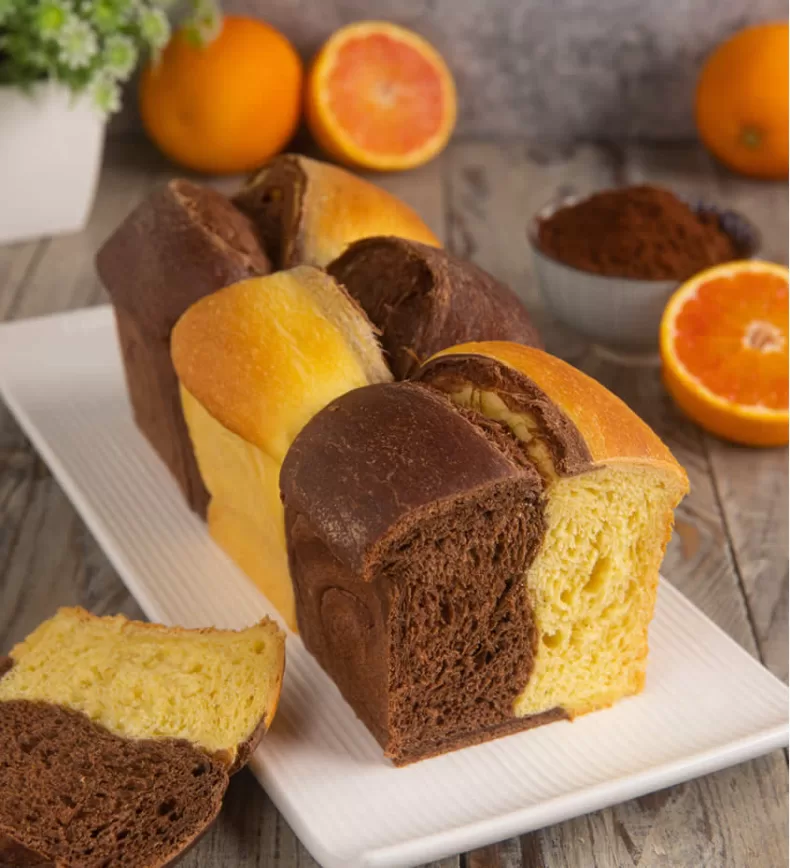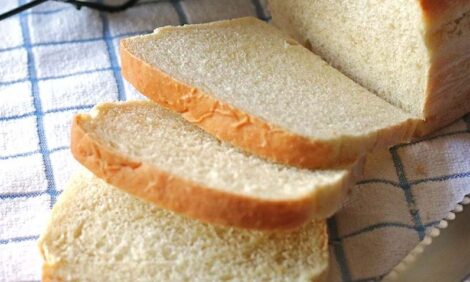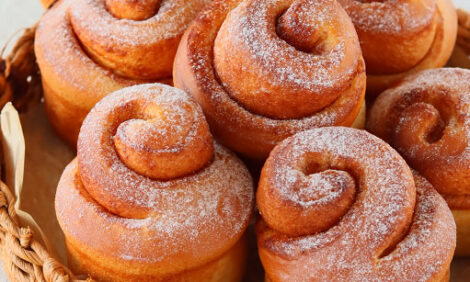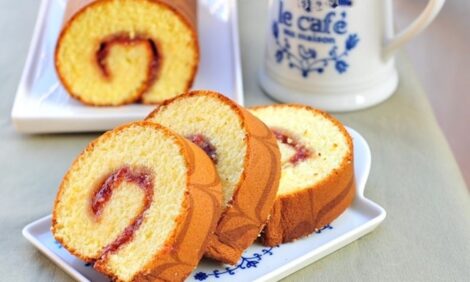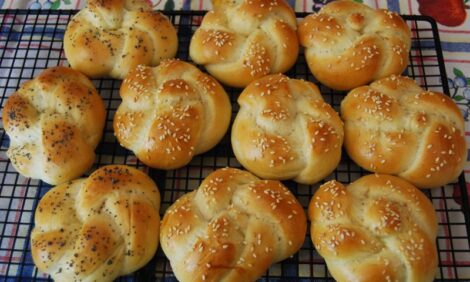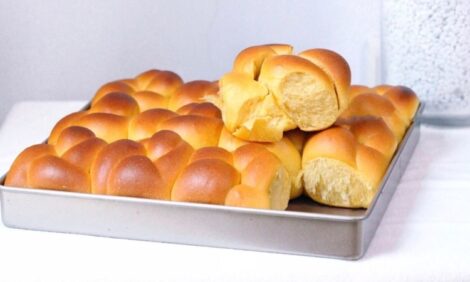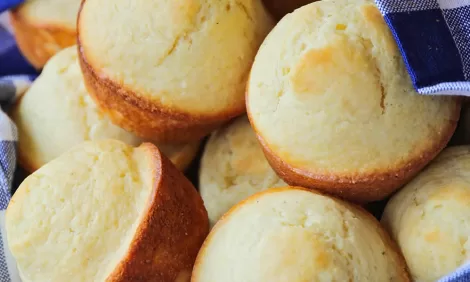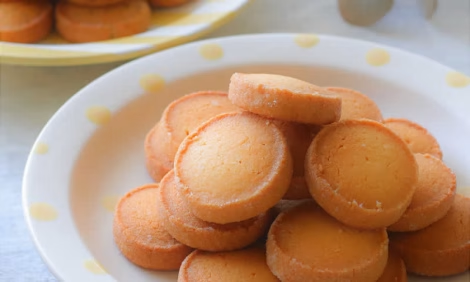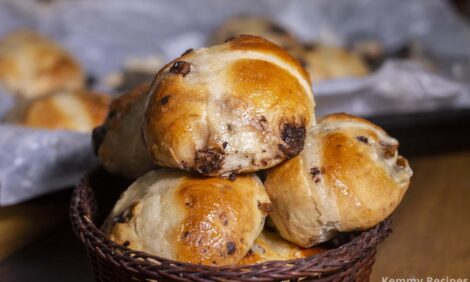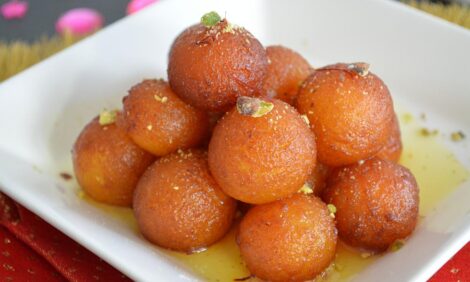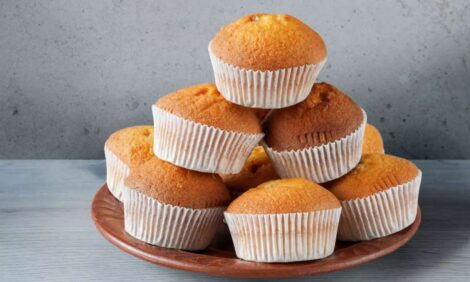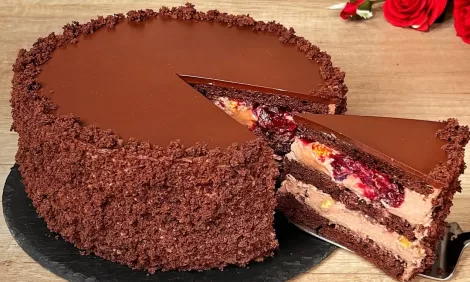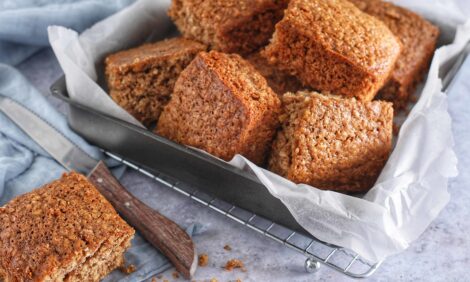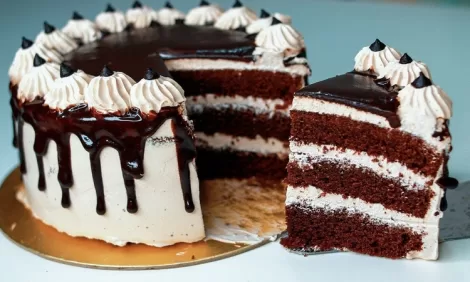I have already proposed the classic brioche bread and the pumpkin one , but now I want to relaunch with another incredibly soft and fluffy sweet leavened product , flavored with orange and cocoa, composed of two doughs that, after baking, give rise to a beautiful two-tone effect, similar to the inside of the chess cake ! Delicious on its own, it can also be cut into slices, toasted and served with a layer of jam , hazelnut spread or pistachio cream, for a breakfast or a snack ideal for adults and children!
Ingredients
For tang zhong
- 25g Extra Long Rising Flour
- 130 g Orange juice
For the white dough
- The prepared pre-dough
- Flour XLL – Extra Long Rising Flour 350 g
- Sugar 60 g
- Milk 100 g
- Fresh liquid cream 30 g
- Orange zest 1
- Medium egg 1
- Egg yolk 1
- Dehydrated brewer’s yeast 1 g
- Butter 60 g
- salt 2 g
For the cocoa dough
- Prepared white dough(about half) 380 g
- Cocoa powder 20 g
- Milk 15 g
To brush
- Fresh liquid cream
Instructions
For tang zhong
- Pour the orange juice into a saucepan, place it on the stove and heat it, checking the temperature with a kitchen thermometer. When it reaches 60°, remove the saucepan from the stove, add the flour and mix vigorously with a whisk to dissolve the lumps. Then put it back on the stove and let it thicken on a low heat, stirring constantly.
- Finally, turn off the heat and let it cool.
For the white dough
- In the bowl of a stand mixer with a hook, place the flour, sugar and yeast. In a separate jug, combine the milk, cream, egg, egg yolk and grated orange zest: beat with a fork to break the eggs.
- Turn on the machine, slowly pour the liquids into the powders, add the tang zhong and wait for the dough to take on consistency.
- When it starts to thicken, add the butter at room temperature, 2-3 flakes at a time, alternating it with the salt and waiting for it to be completely absorbed before adding more.
For the cocoa dough
- Once you have obtained a homogeneous mixture, turn it out onto the work surface and divide it into two portions of 415 g and 380 g respectively. Set aside the first and knead the second with the cocoa and milk, working it until it has a uniform color.
- At this point, shape both portions of dough into a ball and leave them to rise in two separate buttered bowls covered with cling film, first at room temperature for 1 hour and then in the refrigerator for 8 hours (or overnight).
- After this time, remove the two doughs from the refrigerator and let them rest for a couple of hours outside the refrigerator, so that they return to room temperature.
- Then divide each dough into 3 equal balls (135 g each) and proceed with rolling them out.
- Take a light ball and a dark one, flour them lightly and flatten them a little with your hands.
- Place them side by side and slightly overlapping on the kitchen counter and roll them out with a rolling pin to obtain a two-tone rectangle 20 cm wide and 30 cm long. At this point fold it like a wallet, bringing the long sides of the rectangle inwards (black on black, white on white) so that they touch in the centre of the rectangle itself.
- At this point, roll everything up starting from the lower short side so as to obtain a two-tone cylinder of the same width as the bottom of the mold.
- Repeat the same operation with the other balls of dough, until you obtain 3 cylinders, half light and half dark.
- Butter the plumcake mold and place the three cylinders of dough inside, arranging them so that the light and dark halves alternate like a chessboard.
- Let everything rise for another hour and a half, until it has doubled in volume and the dough touches the edge of the pan.
Baking
- Brush the entire surface of the cake with cream and bake at 170° for 30-35 minutes.
- Before enjoying it, let it cool completely.

